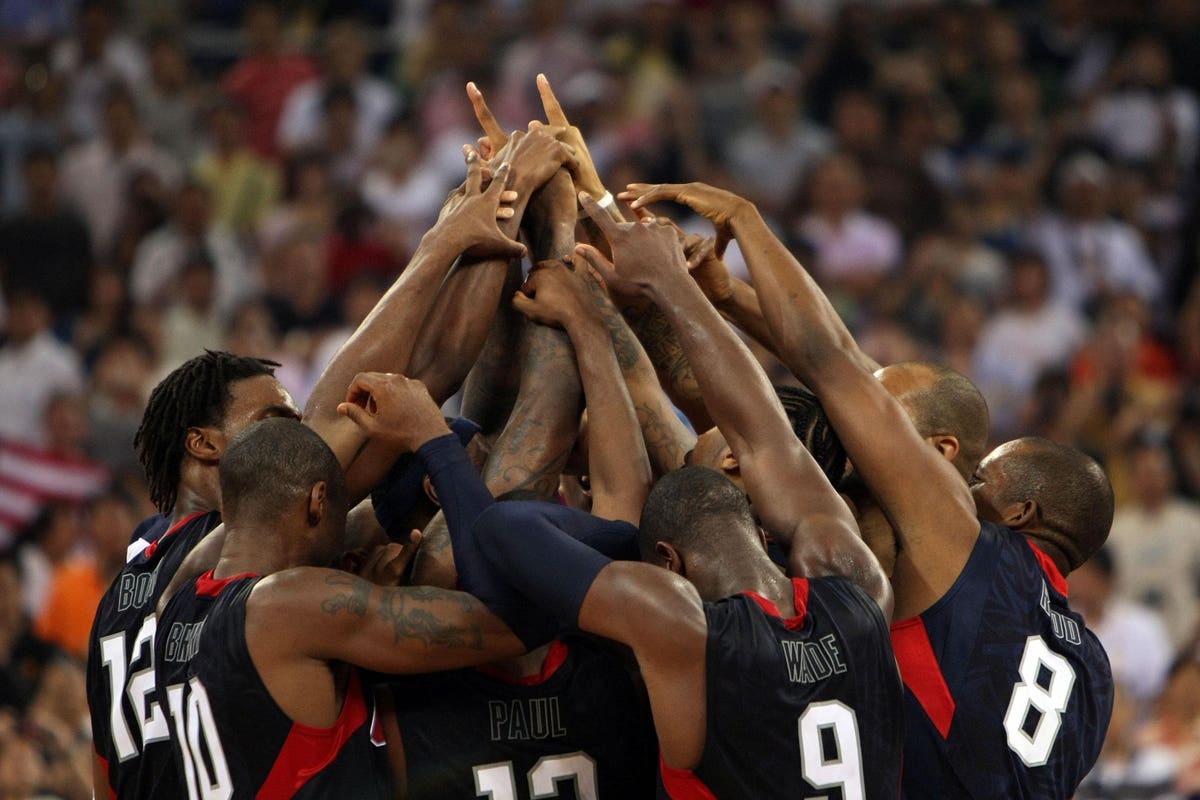Teams are the lifeblood of organizations, but most teams aren’t scratching the surface of what’s possible for them. It’s surprising because most teams are made up of good people, committed to doing what’s right, and who often like and care about each other.
In spite of that, for so many, being on a team isn’t nearly as satisfying as it could be, and no place is this more evident than in the executive and senior leadership team meetings where strategies get developed and plans made. After facilitating dozens of these types of meetings for teams over the years, I’ve seen that even strong teams can fall into common traps: Big things go unsaid, conversations don’t get to the right level of strategic dialogue, we don’t leave with clarity and commitments aren’t sustained. The result: A big waste of time, and nothing drives a team crazy like leaving a meeting with a set of fuzzy commitments, vague actions, and the lingering feeling that nothing will really change. It’s no surprise that most teams want to run for the hills when they see a multi-day (or, God forbid, weeklong) meeting show up on their calendar.
Teams may be complex, but going from good to great, or even great to amazing, is entirely possible and starts with a few simple steps. To begin, examine your key team interactions, starting with how you approach strategic discussions, offsites, or other key meetings where important decisions need to get made. For instance:
Avoid meetings about “teambuilding” or “dynamics.” The best teams get better when they work on real things. Be careful about meetings where the stated purpose is to “improve trust” or “work on candor.” These may be worthy areas of focus, but think of them as a byproduct of what happens along the way, while your team addresses business challenges or opportunities together, in a structured, guided, and safe way.
Rethink your agenda. Teams have so much to do and don’t meet often enough, particularly in person post-pandemic, which is why it can be tempting to overload the agenda; the opposite is also true, where we expect miracles in too short a time. Either way, the result is the same, and nothing kills productivity more than trying to do too much in a meeting. It overloads the team, who rushes through topics, only skimming the surface, with no lasting outcomes. Give the right areas of focus the time they deserve to allow for strategic thinking, real dialogue, with moments to let ideas breathe.
Great team meetings require great preparation. Too often, pre-meeting preparation misses the mark. Team members spend hours preparing pre-read materials that their colleagues may not read, or skim at best, due in part to the lack of clear guidance provided to them about the purpose, rationale, and expectations about preparation. (Here’s more on that topic in another piece.) It’s why you’ll often see meetings begin with a retelling of the pre-read materials, which begs the question: Why have pre-reads at all if we’re only going to review them again during the meeting?
Get to the right level of dialogue. Here’s where most teams have a big opportunity to do more, so start with some easy fixes. Minimize or eliminate any portion of the meeting which is about reporting out or updating, which is low value and create a passive, “talking at” environment without real discussion. Help team members provide input thoughtfully to encourage insight, smart questions, and to cut down on reactivity, prematurely solutioning, or loud voices who crowd out others. One technique to use is the Silent Debrief: Team members write down their individual questions, recommendations, and ideas when listening to others, and share their written comments with colleagues after the discussion.
Create a better offramp. Too often, great meetings don’t produce lasting change, because commitments aren’t sustained. One reason for this? The transition from meeting to “real life” is abrupt, and teams need a better offramp back to work and into implementation. Start by helping your team picture and experience immediate next steps while everyone is still in the meeting. For example, if you’ve built a new strategic plan, spend time on your feet as a team, selling the plan to your fellow team members, running through mock Q&A sessions to prepare for future discussions with employees deeper into the organization.
High-performing teams are crucial for high-performing companies, but too often, companies leave team performance up to chance, with a ‘do-it-yourself’ approach that doesn’t produce results. Books about team performance are often conceptual, with great theories, but not enough practical guidance on how to actually think, operate, and make decisions effectively together as a senior team. There is a better way, and any team can decide it’s time to get better. When they do, they begin to see how much more they can do together, they inspire themselves, and that inspiration creates action, energy, and is felt by others across the organization. Imagine if you had those kinds of teams inside your company. Better yet, imagine if you were part of one.
Read the full article here





